Abstract
The isolation bearing nonlinear mechanical model is described based on the simplified Bouc-wen hysteresis model. In order to provide reasonable mechanical properties state assessment for isolation bearing of base isolated structure under seismic excitation, wavelet coefficient energy ratio index are proposed to detect the time-domain evolution characteristics during the nonlinear phase of isolation bearing, then the nonlinear characteristics and parameters of the isolation bearing are identified using wavelet multi-resolution analysis theory. Numerical examples show that the wavelet coefficient energy ratio (WCER) can be a good way to detect the nonlinear states of the isolation bearing under different seismic excitation levels, and the nonlinear characteristics and the model parameters of the isolation bearing can be accurately identified by using the wavelet multi-resolution identification methods.
1. Introduction
As a kind of mature passive control technology, seismic isolation technology has been widely used in frequent earthquake regions worldwide since 1980s. It has borne the test of actual strong earthquakes and shown good seismic performance [1]. The isolation layer of the isolation structure is a key part of isolation system, and mechanical properties directly related to the properties of isolation structure. The accurate mastering of the nonlinear characteristics of isolation bearing can not only accurately reflect the dynamic properties of the rubber isolation bearing, but also provide a reliable method for the assessment of the working condition of the isolation bearing, including its damage degree and life evaluation. Therefore, the identification of the nonlinear characteristics of the rubber bearing in base isolated structure has gradually attracted the attention of scholars.
With the development of the research on the nonlinear structure in the field of civil engineering, many scholars have used various nonlinear models to analyze the nonlinear characteristics of the structure under different external excitations and carry out further research on the nonlinear characteristics identification [2-4]. At present, the researches on the mechanical properties of the rubber isolator and the nonlinear state under different excitation levels are still not common. Nonlinear characteristics and model parameters of the isolation bearing under the simplified Bouc-Wen model are respectively identified by Kalman and the sequential least-square method [5, 6]. However, all of the above is based on the assumption that the isolation bearing has entered the nonlinear state.
In this paper, the nonlinear state indexes for measuring the isolation bearing were first proposed based on the simplified Bouc-wen model to detect the nonlinear time-domain evolution characteristics of the isolation bearing. Then, the model parameters and nonlinear characteristics of isolation bearing are identified based on wavelet multi-resolution analysis theory. Finally, numerical analysis is used to verify the validity of the study method.
2. Wavelet coefficient energy ratio index (WCER)
Compared with other signal processing techniques, wavelet transform has better time-frequency localization ability. In order to detect the nonlinear state of rubber isolation bearing under seismic excitation, wavelet coefficient energy ratio index is proposed only based on the acceleration response and excitation response.
Continuous wavelet transform (CWT) has the following equation [7]:
where, b is translation indicating locality, a is a scale parameter providing frequency resolution, and φ(t) is a continuous function called the mother wavelet.
The auto-power spectrum, the autopower functions of input and output signals have to be defined as:
where, the subscript “*” in the above equations indicated the complex conjugate and N indicates the discrete number. The above two functions reflect the distribution of response signal power in wavelet frequency domain, i.e. the distribution characteristics of energy.
Wavelet coefficient energy ratio index (WCER) can be defined as:
where, R|W(a,b)|2 is essentially a ratio between the output response energy and the input response energy, which is represented by the auto-power spectrum ratio between the input and output wavelet coefficients.
3. Identification method of nonlinear parameters
3.1. Mechanical modeling of isolation bearing
Rubber isolation bearing, made of super-elastic material, has high hysteretic nonlinear mechanical properties. In this paper, the simplified Bouc-wen model is used to simulate the dynamic response behavior of rubber isolation bearing [8].
Motion equation of SDOF isolation bearing subject to an earthquake acceleration ¨xg(t) given by:
where, x is the relative displacement, r(x,x)=Fc(˙x)+Fs(x) is the total restoring force, Fc(˙x)=c˙x, The Bouc-wen model will be used for r(x,˙x) as follows [5]:
where, ˙r=˙r(x,˙x), c is the damping coefficient, k is the equivalent stiffness, β,γ,n are hysteretic parameters.
3.2. Nonlinear identification
To identify nonlinear model parameters, Based on a third-order corrector method, the incremental component of rk, rk-1 can be expressed:
An observation equation is defined as:
where, θk=[c,k,β,γ]T is the unknown parameter vector, εk is measurement noise vector, ϕk=[ϕk,1,ϕk,2,ϕk,3,ϕk,4] is the expression of the coefficient matrix in front of the unknown parameters; each unknown parameter coefficient θ is subject to approximate expansion method by wavelet multi-resolution analysis (WMRA) as in Eq. (9):
where, Ξ=[ξTc,ξTk,ξTβ,ξTγ]T is wavelet expansion coefficient matrix, W=diag[wc,wk,wβ,wγ] is reconstruction matrix of corresponding wavelet expansion. Substituting Eq. (9) into Eq. (8) gives:
where, Q=ΓW contains both the discretized responses Γand the sampled value W of wavelet function under various resolution levels. Eq. (10) shows that wavelet coefficient expansion Ξ can be obtained by linear least squares pseudo-inverse solution:
where, (⋅)+ represents Pseudo inverse, the parameters vector θ can be obtained via the back substitution of Ξ into Eq. (9).
4. Numerical examples
The parameters recommended values which Bouc-wen hysteretic model described for rubber isolation bearings are as follows: β= 0.5, γ= 0.5, n= 2 [8]. The following parameter values will be used in the simulation study: m= 65 kg, c=150N⋅s/m, k=40000 N/m.
4.1. Nonlinear detection of isolation bearing
First, wavelet singularity detection is used to analyze the nonlinear state of isolation bearing. The harmonic excitation is F=sin(2πft), the sampling frequency is 1 Hz.
Fig. 1 shows the response of the acceleration in 5-10 s, and the response is decomposed by db4, d1 is used to extract the detail signal. Fig. 2 shows the extraction of d1 detail signal via the 10-layer wavelet multi-scale decomposition. Fig. 3 shows the variation law of instantaneous stiffness of the isolation bearing. Fig. 2 and 3 show that discontinuity points occur in detail signal while the instantaneous stiffness of isolation bearing abruptly change, which further verify that d1 can be adopted to characterize the variation when isolation bearing enters nonlinear under harmonic excitation. However, under seismic excitation, singularity analysis is not able to identify the nonlinear time-domain variation process of the isolation bearing, as the non-stationary characteristics of seismic excitation cover the nonlinear characteristics of the system.
Fig. 1Acceleration response under harmonic excitation
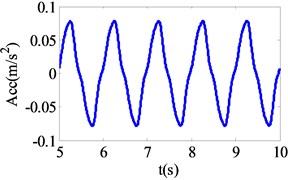
Fig. 2Detail signal d1
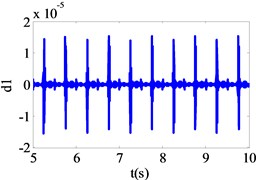
Fig. 3Instantaneous equivalent stiffness
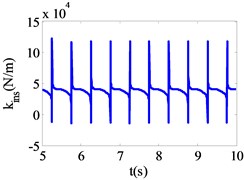
Fig. 4Responses and Fourier spectra under different seismic excitation levels
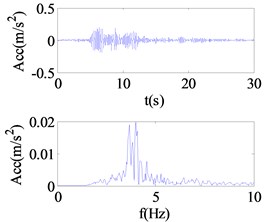
a)
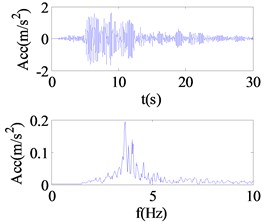
b)
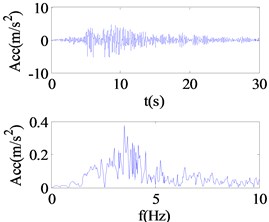
c)
Fig. 5Restoring force curve under different seismic excitation levels
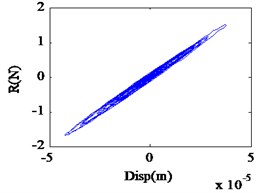
a)
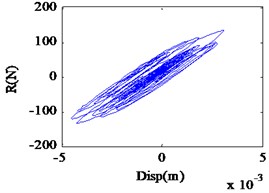
b)
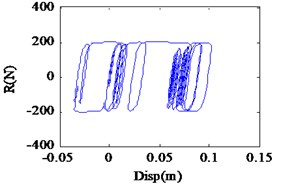
c)
Fig. 6WCER expressed in time-scale
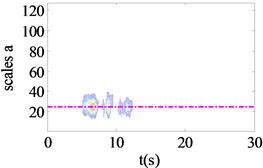
a)

b)
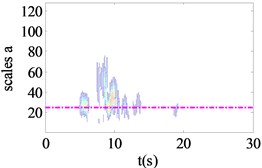
c)
In order to overcome the above constraints, wavelet coefficient energy ratio index proposed in the previous section was used to detect the nonlinear state of isolation bearing. Fig. 4(a)-(c) shows the Fourier spectra under different seismic excitation amplitude of 0.01 g, 0.1 g and 0.5 g respectively. Fig. 5(a)-(c) shows the restoring force curves of the corresponding seismic excitation amplitude; the isolation bearing is in the linear stage when the amplitude of seismic excitation is 0.05 g, with the increase of excitation intensity, the shape of the hysteresis loop is plumper, showing stronger nonlinearity. Fig. 6(a)-(c) shows the WCER expressed in time-scale under different seismic excitations. When isolation bearing is in linear, the energy is concentrated in the t= 2-5 s time period and evenly fluctuates with in the baseline of the scale a= 23. With the increase of the nonlinearity, the scale range of the energy distribution increases obviously, and the phenomenon of uneven distribution near the baseline of a= 23 is occurred with the emergence of energy in the other time, as shown in Fig. 6(b), (c). Therefore, WCER can visually reveal the existence and state (strong/weak) of nonlinearity.
4.2. Nonlinear identification of isolation bearing
After detecting the nonlinear state of isolation bearing, the structure and model parameters are identified according to wavelet multi-resolution method in Section 3.2. The identification results are presented in Fig. 7 as solid curves. Also shown in Fig. 7 as dashed curves are the theoretical results for comparison. It is seen that the equivalent stiffness k damping coefficient c and model parameters β, γ can be identified with good accuracy. Through a large number of numerical calculations, it is observed that the identification accuracy of the isolation bearing is proportional to its nonlinearity.
Fig. 7Identification results of isolation bearing
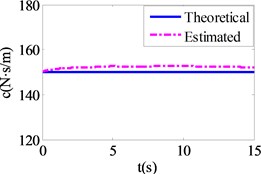
a)
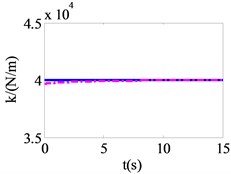
b)
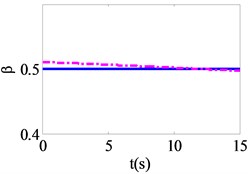
c)
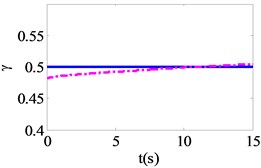
d)
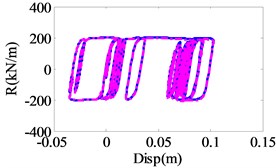
e)
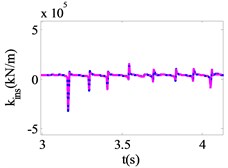
f)
The nonlinear restoring force and the instantaneous stiffness of isolation bearing are calculated by the identified parameters results. The comparison results of the theoretical value and the identification value of the restoring force and instantaneous stiffness are plotted in Fig. 7(e), (f). Therefore, the abrupt change of instantaneous stiffness at these time points can be accurately identified.
5. Conclusions
In this paper, nonlinear detection and identification of the isolation bearing are studied based on the wavelet theory analysis. The results of numerical examples show that.
The nonlinear time-domain evolution characteristics of isolation bearing can be detected by the wavelet singularity analysis under harmonic excitation.
WCER proposed in this paper can be used to obtain the nonlinear state of isolation bearing under different seismic excitation levels accurately, and then provide a good solution for the performance assessment of isolation bearing in base isolation structure under seismic excitation.
The wavelet multi-resolution analysis method can accurately identify the nonlinear parameter values of isolation bearing and accurately track its nonlinear characteristics. Thus, it can also provide a theoretical basis for the identification of nonlinear characteristics of structure system by using the monitoring data of actual isolation project.
References
-
Du Y. F., Zhao L. J. Study on construction mechanics of long complicated isolated structures and life-cycle monitoring. Engineering Mechanics, Vol. 32, 2015, p. 1-10.
-
Xu B., Xin L. L., He J. Time domain nonlinear-restoring force identification for mDOF structures with Chebyshev polynomial model. Engineering Mechanics, Vol. 31, 2014, p. 100-109.
-
Yan Z. H., Fan J., Zuo B. J. Detection of nonlinearity in frame structures based on Hilbert transform. Journal of Vibration and Shock, Vol. 25, 2006, p. 70-76.
-
Huang D. M., Zhou S., Ren W. X. Parameter identification of time-varying and typical nonlinear vibration system based on wavelet transform. Journal of Vibration and Shock, Vol. 33, 2014, p. 124-129.
-
Yin Q., Zhou L. Identification of rubber isolation structure damage based on ASNLSE method. Journal of Vibration, Measurement and Diagnosis, Vol. 32, 2012, p. 730-735.
-
Lei Y., He M. Y., Liu C., et al. Identification of the nonlinear properties of rubber-bearings in base-isloated buildings with limited seismic response data. Science China Technological Sciences, Vol. 56, 2013, p. 1224-1231.
-
Mallat S. A Wavelet Tour of Signal Processing. Second Edition. Academic Press, London, 1999.
-
Huang J. W., Zhao B. The nonlinear dynamic response of multistory base isolation with laminated rubber bearings. Journal Xi’An University of Science and Technology, Vol. 20, 2000, p. 317-320.
-
Du Y. F., Zhao L. J., Dang X. H. Identification of structural closely modes parameters based on optimized complex Morlet wavelet. Journal of Vibration and Shock, Vol. 34, 2015, p. 136-139.
About this article
This research is jointly supported by Natural Science Foundation of China under Project No. 51178211, 51578274, and Science and Technical Project of Construction Department of Gansu Province, under Project No. JK2012-10. This support is gratefully acknowledged.
